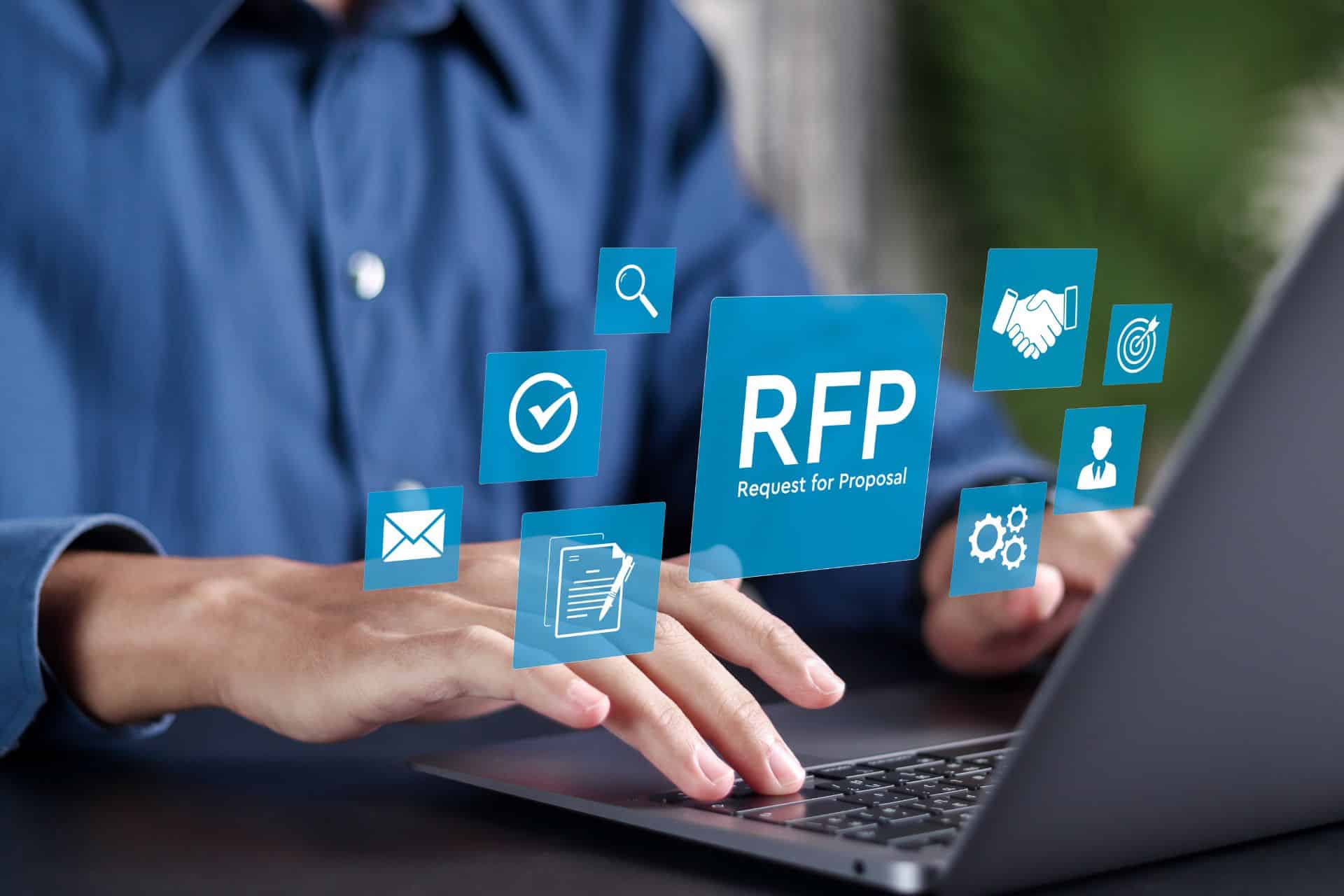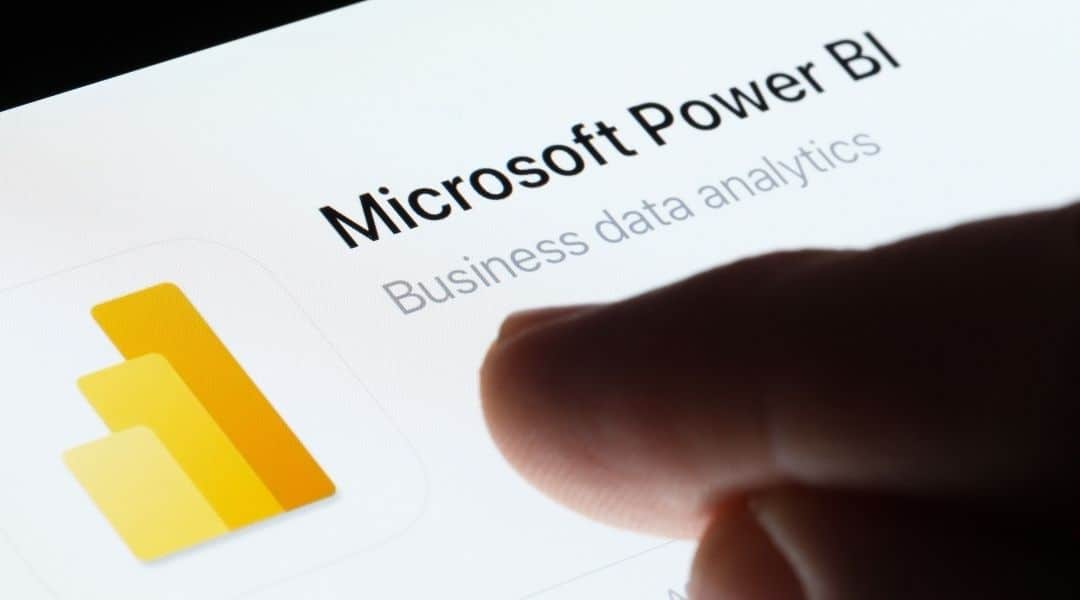Drawing up or responding to an IT invitation to tender is a key stage in the successful launch of a digital project. This process enables you to define your needs, organize the competition and select the most appropriate solution. But how do you ensure that the specifications are clear, the response convincing and the selection the right choice? From the definition of the different phases to the presentation of best practices, this article gives you concrete advice on how to make your IT tenders a success.
What is an invitation to tender?
A call for tenders is a formalized procedure that enables an organization to define a need andinvite several service providers to propose solutions. It is based on transparency and competitive bidding to ensure an objective choice. In the IT sector, it applies to a wide range of projects: application development, implementation of cloud solutions, cybersecurity, business software deployment or even support outsourcing.
Tenders in the public sector
In the public sector, calls for tender are mandatory above certain financial thresholds.
In Switzerland, the Public Procurement Act (Loi sur les Marchés Publics – LMP) sets the legal framework and guarantees equal treatment and free access to public procurement.
In France, the Code de la Commande Publique (CCP) defines the procedures, with compulsory publication on platforms such as SIMAP, BOAMP or TED (at European level).
For public IT projects, this framework ensures fair competition between service providers and secure use of public funds.
Tenders in the private sector
In the private sector, competitive bidding is a voluntary process. Companies resort to them when they wish to compare several service providers and secure their choice. This practice is common for strategic projects, such as ERP adoption, migration to the cloud, or cybersecurity reinforcement. It makes it possible to obtain several structured proposals, compare costs and methodologies, and reduce the risks associated with a decision taken too quickly.
What are the steps involved in creating a call for tenders?
The success of an invitation to tender is based on a multi-stage process. Each one is important in clarifying requirements, attracting the right service providers and ensuring a suitable choice.
Drawing up specifications
Specifications are the cornerstone of the tender process. Properly drafted, they ensure that you receive comparable and appropriate proposals, as they set out a clear framework for the service providers. It must set out the context, objectives, constraints and selection criteria.
In the field of information technology, it often includes :
- technical specifications (interoperability, integration with existing systems),
- security and compliance requirements (RGPD, IAM, Zero Trust),
- the provisional timetable,
- expectations in terms of support and scalability.
To find out more, read our article Specifications: a complete guide to the IT contextwhich details step-by-step best practices for drafting a clear, operational document.
Publication of invitation to tender
Publication marks the official start of the process, making the project visible to service providers. Well-targeted distribution ensures relevant applications and facilitates comparison of responses.
In the public sector, publication must comply with regulatory requirements. This is generally done via official platforms, such as :
- SIMAP (Switzerland): official platform for public procurement, administered by the Confederation and cantons. It centralizes all publications and enables service providers to easily consult projects open to competition.
- BOAMP (France): Bulletin officiel des annonces des marchés publics. It publishes all French invitations to tender, and offers companies the option of setting up personalized alerts to track projects relevant to their field of activity.
- TED (European Union): the Supplement to the Official Journal of the European Union. It lists invitations to tender exceeding certain financial thresholds, and offers European visibility, facilitating companies’ access to major international markets.
In the private sector, distribution can be more flexible but just as strategic. It can be achieved by :
- direct dispatch to identified service providers,
- publication on specialized portals, such as Global Tenders or Tender Impulse, which aggregate hundreds of IT tenders in the private and public sectors.
Receipt and selection of bids
The selection of applications is based on a weighted evaluation grid, a tool that assigns different weightings to each criterion according to its importance. This method makes it possible to go beyond the sole criterion of price and ensure a balanced decision. For example, a project may devote 40% of the final score to technical quality, 30% to price, 20% to methodology and 10% to deadlines.
In public procurement, practices confirm this trend: on average, technical value accounts for 60-70% of the total score, compared with 30-40% for price, according to an analysis published by Cap’Com in 2023.
In IT tenders, certain technical criteria often carry even more weight. Data security, capacity for innovation or quality of support may be weighted more heavily when they are considered strategic to the project’s long-term viability. However, the exact weighting of each criterion depends on the priorities set by the organization in advance.
Awarding and contracting
The awarding of the contract is a decisive phase, securing the relationship between the company and the service provider and guaranteeing the continuity of the project. Once the bid has been selected, the contract is formalized. In the case of IT projects, it generally includes :
- SLAs (Service Level Agreements) guaranteeing service levels,
- maintenance and support clauses,
- a system evolution plan.
How to respond to an invitation to tender?
Responding to a call for tenders requires method and a structured presentation of your skills. A clear and convincing response helps you stand out in a competitive environment.
Analysis of needs and feasibility
A thorough upstream analysis enables us to build a realistic, credible response that is aligned with the customer’s expectations. Before drafting a proposal, the service provider must carefully examine the specifications and verify the feasibility of the project. This assessment includes :
- technical compatibility: consistency with existing infrastructure and tools,
- available resources: in-house skills and workload,
- deadlines: ability to meet deadlines,
- costs: matching budget and resources.
Structuring the answer
A well-structured file makes it easier to compare service providers, and enhances the value of the candidate company’s expertise. To achieve this objective, the response to a call for tenders must follow a clear logic, articulated around several elements:
- A summary of our understanding of your needs,
- A technical proposal detailing the architecture and methodology,
- A transparent financial offer,
- A technical brief highlighting experience, references and certifications.
Selection criteria specific to IT projects
When it comes to IT tenders, selection criteria directly reflect the priorities of organizations when investing in new digital solutions: protecting data, guaranteeing integration with existing systems, ensuring project flexibility and securing long-term operation. These expectations are generally broken down into four evaluation areas:
- Data security: regulatory compliance (RGPD), identity and access management (IAM), flow encryption and multi-factor authentication (MFA).
- Interoperability: seamless integration with existing systems and ability to dialogue with other applications.
- Agility: adopt appropriate methodologies such as Agile or DevOps to adjust quickly to project changes.
- Long-term support: post-deployment assistance, regular maintenance and solution upgradability.
IT tenders: particularities and best practices
IT tenders have specific characteristics. Projects are often complex, strategic and subject to high security requirements. A few best practices can help optimize success.
To benefit from tailor-made support right from the drawing up of specifications, discover our IT Expertise Center.
Pitfalls to avoid
Certain errors directly compromise the quality of the selection process and can jeopardize the feasibility of an IT project. Among the most common are :
- overly vague specifications, leading to proposals that are difficult to compare,
- unrealistic deadlines, undermining the project’s timetable and credibility,
- underestimated costs, leading to budget overruns,
- generic answers that do not take into account the specific needs expressed.
Working upstream with the customer
An upstream exchange, when regulations allow, is invaluable. It helps to clarify technical points and to better understand the client’s priorities. Service providers who take the time to ask the right questions increase the relevance of their proposals.
Use templates or tools
Responding to a call for tenders is a resource-intensive process, involving the gathering of information, coordination of several teams and sometimes tight deadlines. To simplify this process, companies are increasingly relying on response templates and digital tools that structure each stage and reduce the risk of error.
- Response templates: these are ready-to-use templates (technical brief, company presentation, customer references) that our teams adapt to each project. These templates speed up the writing process and ensure a consistent, professional presentation.
- Content libraries and bid management tools: platforms such as Loopio, RFPIO, RFP360 or Qvidian centralize reusable content (templates, certifications, project references) and offer automation functions for faster completion of certain sections. They also facilitate collaboration by bringing together technical, sales and legal teams in the same shared space.
- CRM (Salesforce, HubSpot, Dynamics): these customer relations-oriented solutions help you track opportunities linked to calls for tender, centralize contacts and plan follow-ups. They provide an overview of current calls for tender and help prioritize strategic projects.
By combining response models, bid management and CRM, organizations can structure their processes, capitalize on their know-how and improve the efficiency and consistency of their proposals, thereby boosting their competitiveness.
Which platforms to use to monitor calls for tender?
Regular monitoring of calls for tender enables us to anticipate opportunities and prepare more targeted responses. Several platforms centralize publications and facilitate this monitoring:
- SIMAP (Switzerland): official platform of the Swiss Confederation, cantons and municipalities for the publication of public procurement contracts.
- BOAMP and MarchésPublics.gouv (France): reference sites for consulting public procurement notices and setting up personalized alerts.
- TED – Tenders Electronic Daily (European Union): online version of the Supplement to the Official Journal of the European Union, listing invitations to tender exceeding European thresholds.
- Olmero, Marchés Online and e-marchespublics: private, business-oriented platforms, useful for identifying calls for tender outside public channels.
- SaaS aggregation tools (e.g. Tenderio): services that bring together several sources and offer configurable alerts by sector, location or budget.
Qim info helps you draw up your IT call for tenders
Drawing up an IT invitation to tender requires rigor and a detailed understanding of the technical issues involved. Qim info helps organizations clarify their needs, draw up structured specifications and define appropriate selection criteria. Rigorous preparation ensures that responses are aligned with the real needs of the project.
Thanks to its experience in cloud, cybersecurity, application development and data, Qim info is involved in a wide range of projects in Switzerland and France. Each project is based on a tailor-made approach, to ensure the success of the process and consistency between expectations and proposals received.
Preparing an IT tender? Contact us today to help you frame your approach, secure your choices and carry out your project in the best possible conditions.
Tender FAQ
What is the difference between a public contract and a call for tenders?
A public procurement contract is a contract between a public entity (state, local authority, hospital, university, etc.) and a company for the supply of a service or solution. In the IT sector, public contracts often concern projects such as cloud migration, cybersecurity or ERP implementation.
The invitation to tender is the competitive bidding procedure that precedes this contract: it enables us to publish a requirement, receive several proposals and select the most suitable service provider.
Can I respond to a call for tenders on my own?
Yes, a company can respond to an IT tender on its own, provided it has all the skills required for the project. This is often the case for targeted services such as application development, software maintenance or theintegration of specific solutions.
For more complex projects, such as overhauling a cloud infrastructure, implementing a Zero Trust model or deploying large-scale data platforms, a large-scale ESN such as Qim info has the expertise to intervene on its own. As an example, we recently helped a Swiss luxury watchmaker to create a secure, scalable cloud data platform, designed to meet international governance and performance challenges.
However, companies often choose to form a temporary consortium (Groupement Momentané d’Entreprises – GME ) to pool complementary know-how (network, advanced cybersecurity, specific software solutions) and present a more robust and competitive bid.
What are the most frequently evaluated criteria?
Evaluation grids generally give greater importance to technical criteria than to price, as they directly affect the durability and security of a digital project. The elements most often analyzed in an IT tender are :
- Security and regulatory compliance (RGPD, IAM, MFA, Zero Trust),
- Technical quality and robustness of the proposed solution,
- Project methodology (Agile, DevOps, governance),
- Long-term support and maintenance,
- Innovation and scalability.
Do I still need a technical brief?
In an IT tender, the technical brief is almost systematic. This document forms the basis for assessing the service provider’s expertise. It must demonstrate an understanding of the need, present the chosen methodology, detail project references and highlight technical certifications (ISO 27001, ITIL, cloud partnerships, etc.).
Even when not explicitly required, a carefully prepared technical brief enhances the credibility of a bid and facilitates comparison with other bids. In a sector as competitive as information technology, it is highly recommended to prepare one.




